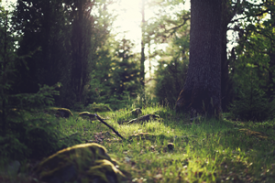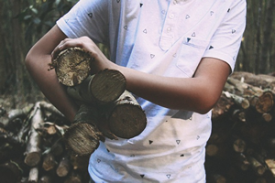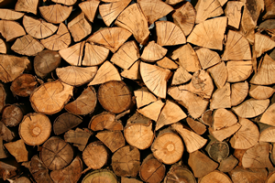Burn Local Firewood This Winter & Best Fireplace Burning Tips
Before you get your fireplace ready for the winter, think twice about the firewood you are planning to use. Tree-killing pests and diseases can be hidden in or on firewood.
![]()
Cooler weather is well upon us!
As temperatures drop, it is time to stay warm and relax by the fire. Before you get your fireplace ready for the winter, think twice about the firewood you are planning to use. Tree-killing pests and diseases can be hidden in or on firewood.
While these insects and diseases don’t travel far on their own, they can hitch a ride on firewood and end up in new areas. When these diseases and pests are introduced to new areas, they can destroy forests and property values, and are extremely costly to control.
Avoid infesting your neighborhood, campgrounds, and favorite outdoor spots by only using firewood from a local source.
Why Non-Native Species are a Threat
 Non-native insects and diseases are much more threatening than native ones.
Non-native insects and diseases are much more threatening than native ones.
This is because native trees have developed defense systems against the insects and diseases that they have been living with for many years. There are also predators that control the population of native insects.
However, non-native insects and diseases do not have any predators when they are introduced to new areas. Trees also have no defense system against these foreign invaders.
With nothing stopping these non-native species, they are able to rapidly reproduce.
Ask Before You Buy
Protect your favorite places from threatening insects and diseases by using locally harvested firewood. Before purchasing firewood, ask the dealer where it came from.
Ideally, you should use firewood that was cut within ten miles of where it will be burned. More than 50 miles is considered too far.
within ten miles of where it will be burned. More than 50 miles is considered too far.
If you will be traveling to another area, don’t stock up on firewood before you go. Wait to purchase firewood until you arrive in the area where it will be burned.
If you have leftover firewood at the end of your trip, don’t bring it back home with you. Leave it in the area for someone else to use.
Storing Your Firewood
When storing your winter firewood, choose  a spot that is away from your house.
a spot that is away from your house.
Firewood that is stacked against an outside wall can be a fire hazard and could lead pests into your home.
You’ll also want to ensure that your storage location is not between any trees.
A large, tight stack of firewood stresses the tree trunks and can permanently damage their bark and roots. If possible, put your firewood on a rack or create a freestanding pile.
Best Fireplace Burning Tips
Properly installed, correctly used wood-burning appliances should be smoke free. If you see or smell smoke, you may have a problem. Reduce smoke inside and outside your home using the steps below:
Building a Fire
An efficient fire requires good firewood, using the right wood in the right amount, and good fire building technique. Get the best efficiency from your wood stove or fireplace using the following steps:
- Season wood for at least 6 months.
- Store wood outdoors, off the ground, with the top covered.
Wood burns best at a moisture content of less than 20 percent. Test wood with a wood moisture meter before you burn it.
Start fires with newspaper, dry kindling, or all natural fire starters, or install a natural gas or propane log lighter in your open fireplace.
Buy and burn locally cut firewood to decrease the risk of transporting invasive forest pests to your property.
Learn more from the Don’t Move Firewood campaign.
Safe Wood-burning Practices
When using your wood burning appliance, follow these guidelines for safe operation:
- Keep flammable items, like curtains, furniture, newspapers, and books, away from your appliance.
- Only use newspaper, dry kindling and all-natural or organic fire starters. Never start a fire with gasoline, kerosene, or charcoal starter.
- Do not burn wet or green (unseasoned) wood.
- Many wax and sawdust logs are made for open hearth fireplaces only. Check your wood stove or fireplace insert operating instructions before using artificial logs.
- If you use manufactured logs, choose those made from 100 percent compressed sawdust.
- Build hot fires. For most appliances, a smoldering fire is not safe or efficient.
- Keep the doors of your wood-burning appliance closed unless loading or stoking the live fire. Harmful chemicals, like carbon monoxide, can be released into your home.
- Regularly remove ashes into a covered, metal container. Store the container outdoors on a nonflammable surface.
- Keep a fire extinguisher handy.
- Check your local air quality forecast before you burn.
What Not to Burn
These can materials release toxic or harmful chemicals when burned, and may damage your appliance:
- Household trash, including cardboard, plastics, foam and the colored ink on magazines, boxes, and wrappers
- Coated, painted, and pressure-treated wood
- Ocean driftwood, plywood, particle board, or any wood with glue on or in it
- Wet, rotted, diseased, or moldy wood
- Plastic, asbestos, rubber, manure and animal remains
Sources: United States Environmental Protection Agency and Take Care of Texas.






